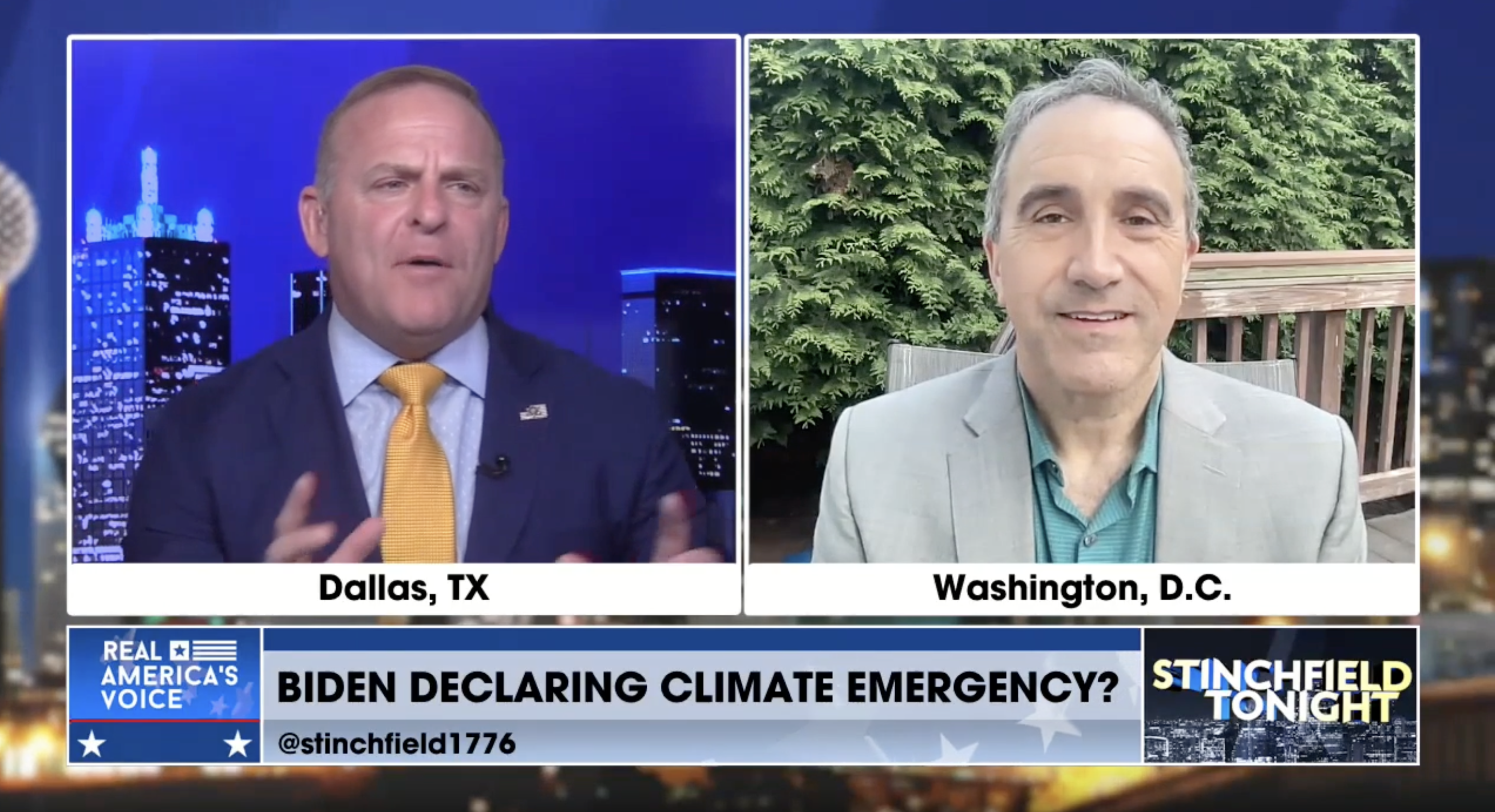California Gov. Jerry Brown and former Vice President Al Gore lead the list of those blaming climate change for Southern California’s devastating wildfires, calling them “the new normal,” but others insist the science just isn’t there.
That includes climate scientists such as University of Washington meteorologist Cliff Mass, who moved to extinguish the “now normal” narrative by arguing that the data “strongly suggests there is no credible evidence” that global warming is fueling this fall’s California coastal wildfires, and that claims to the contrary are “baseless, if not outright wrong.”
“The bottom line of all this is that observations and the best scientific reasoning do NOT suggest that global warming is enhancing CA coastal wildfires through effects on temperature and precipitation,” Mr. Mass said Monday in a post on his weather and climate blog.
He and others have pointed to the heavy precipitation earlier this year in California after five years of drought, which resulted in high vegetation growth that feeds the flames.
“The destructive fires in California are not unexpected given the wet winter last year and resultant plant growth, followed by hot and dry weather since then in which the vegetation dried out,” University of Colorado Boulder meteorologist Roger A. Pielke Sr. said in an email.


